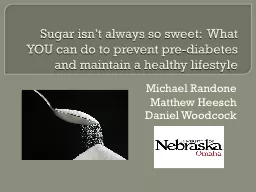PPT-Sugar isn’t always so sweet: What YOU can do to prevent
Author : celsa-spraggs | Published Date : 2016-08-15
Michael Randone Matthew Heesch Daniel Woodcock The hidden dangers of sugar drinks and treats Healthy snack alternatives Quick and easy workouts you can do anywhere
Presentation Embed Code
Download Presentation
Download Presentation The PPT/PDF document "Sugar isn’t always so sweet: What YOU..." is the property of its rightful owner. Permission is granted to download and print the materials on this website for personal, non-commercial use only, and to display it on your personal computer provided you do not modify the materials and that you retain all copyright notices contained in the materials. By downloading content from our website, you accept the terms of this agreement.
Sugar isn’t always so sweet: What YOU can do to prevent: Transcript
Download Rules Of Document
"Sugar isn’t always so sweet: What YOU can do to prevent"The content belongs to its owner. You may download and print it for personal use, without modification, and keep all copyright notices. By downloading, you agree to these terms.
Related Documents

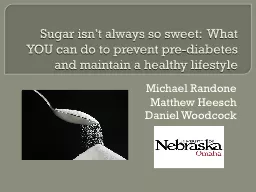
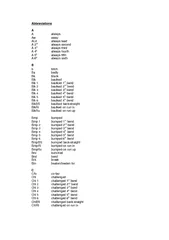




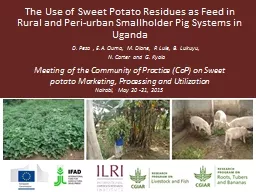

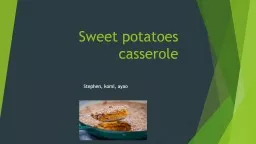

![[READ] Sugar Detox: Sugar Detox for Beginners - A QUICK START GUIDE to Bust Sugar Cravings,](https://thumbs.docslides.com/882418/read-sugar-detox-sugar-detox-for-beginners-a-quick-start-guide-to-bust-sugar-cravings-stop-sugar-addiction-increase-energy-614483d4e568b.jpg)
